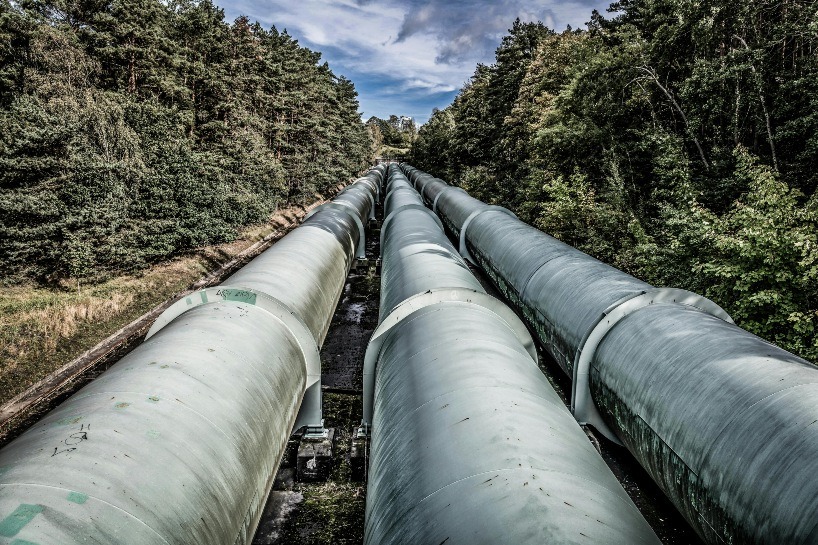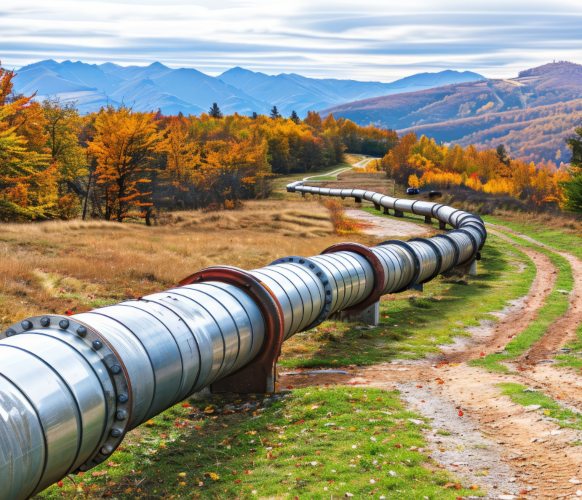Pipelines are the backbone of global energy and resource distribution, carrying oil, gas, and other essential products across vast distances. Keeping these pipelines safe and efficient is a top priority for operators. One of the most effective methods to ensure pipeline health is inline pigging. But what exactly is pigging? Why is it so important for pipeline integrity management?
What Is Inline Pigging?
Inline pigging is the process of sending a device, called a pig, through a pipeline to perform specific tasks. Depending on the pig design, it can:
- Clean the inside of the pipeline by removing debris, buildup, or corrosion.
- Inspect the pipeline using sensors that detect cracks, leaks, or weaknesses.
- Track pig movement to confirm its exact location during an inspection run.
Inline pigs are inserted into the pipeline through launchers and retrieved at receivers. All while the pipeline remains in operation. This means operators can maintain pipeline health without costly shutdowns.
Why Pigging Matters for Pipeline Health
1. Prevents Blockages and Corrosion
Over time, pipelines accumulate deposits like wax, scale, or liquids. These can reduce flow efficiency and even cause dangerous blockages. Regular pigging removes this buildup, extending pipeline life.
2. Supports Regulatory Compliance
Pipeline operators face strict safety regulations. Inline pigging provides the data and proof needed to show regulators that assets are being maintained properly.
3. Enhances Safety
By detecting cracks, dents, or corrosion early, pigging helps operators prevent leaks or spills that could harm communities and the environment.
4. Improves Efficiency and Reduces Costs
Pigging helps operators reduce unplanned downtime, minimize emergency repairs, and better manage overall maintenance costs. It supports proactive integrity management and plays an important role in lowering the risk of pipeline incidents.
Inline Pigging in Pipeline Integrity Management
Pipeline integrity management goes beyond fixing problems. It focuses on predicting and preventing them. Inline pigging plays a central role in this strategy by:
- Delivering real-time data for decision-making.
- Allowing operators to schedule maintenance proactively.
- Providing historical insights for long-term planning.
When paired with advanced monitoring software, pigging becomes a cornerstone of smarter, data-driven pipeline operations.
Inline pigging is more than routine maintenance. It’s a vital approach to ensuring pipeline health, safety, and regulatory compliance. By handling everything from cleaning to inspection, pigging enables operators to minimize risks, control costs, and keep critical energy infrastructure operating reliably. As pipeline networks expand and grow more complex, the role of inline pigging in effective pipeline integrity management will become increasingly essential.
Ready to upgrade your inspection program? Schedule a call or get a quote from Propipe North America. Let’s map out a solution that fits your pipelines, risk profile, and budget.



